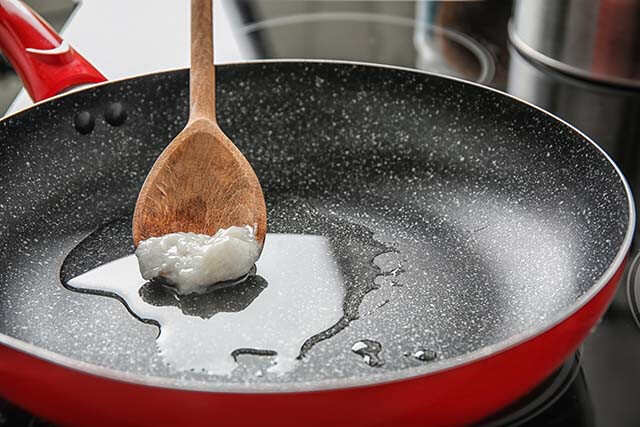7 Oils That Transform Your Steak: What Oil to Cook Steak in for Perfect Results
Written By James Morgan
Cooking the perfect steak is an art, and using the right oil is essential. But with so many oils available, it's often hard to choose the best one. Let's dive into various oils that can transform your steak from good to unforgettable.

What Oil to Cook Steak In?
The right oil can drastically influence the flavor and texture of your steak. We'll explore several options, their smoke points, and how each affects cooking.

Importance of Smoke Point
Before diving into specific oils, understanding the concept of smoke points is essential. The smoke point is the temperature at which oil starts to smoke and break down, producing harmful compounds and altering the flavor of your dish. Thus, choosing an oil with a high smoke point is crucial for searing steaks.
High Smoke Point Oils for Steak
- Avocado Oil: With a smoke point of around 520F, avocado oil is excellent for high-heat cooking and adds a buttery flavor to your steak.
- Grapeseed Oil: A smoke point of 420F makes grapeseed oil another great option. Its light flavor won't overpower your steak's natural taste.
- Safflower Oil: Safflower oil has a smoke point of 510F. It's almost flavorless, making it ideal if you prefer to let your steak's seasoning shine.
- Grapeseed Oil Substitute
For more on the benefits of grapeseed oil, check out this detailed guide.
Flavorful Oils with Moderate Smoke Points
- Olive Oil: Extra virgin olive oil has a smoke point of 375F. While not as high as other options, its robust flavor can add depth to your steak. Learn more about olive oil benefits.
- Peanut Oil: With a smoke point of 450F, peanut oil is suitable for searing and adds a distinct nutty flavor.
- Canola Oil: A smoke point of 400F makes canola oil a versatile and budget-friendly option. It's almost flavorless, allowing your steak's seasoning to stand out.
- Peanut Oil Overview

Low Smoke Point Oils Best Avoided
While certain oils like butter and coconut oil are flavorful, their low smoke points make them less suitable for high-heat searing.
Butter
Butter has a smoke point of around 302F, which can cause it to burn before your steak is properly seared. Instead, try finishing your steak with butter for added flavor.
Coconut Oil
Coconut oil has a smoke point of 350F and imparts a unique flavor that might not pair well with steak.

Combining Oils for the Best Results
One technique is to combine oils to balance flavor and smoke points. For instance, mixing butter and avocado oil can bring out a rich taste while maintaining a high smoke point.
Pro Tips for Cooking Steak
- Always preheat your pan to ensure a proper sear.
- Use a meat thermometer to check for desired doneness.
- Let your steak rest before slicing for the juiciest results.
FAQs
What is the best oil for cooking steak?
Avocado oil, with its high smoke point and mild flavor, is often considered the best choice for cooking steak.
Can you cook steak with olive oil?
Yes, you can cook steak with olive oil, but extra virgin olive oil has a lower smoke point, so monitoring the temperature is essential.
Is butter good for cooking steak?
Butter can add a rich flavor, but it should be used in combination with a high smoke point oil or for finishing.
What oil do chefs use for steak?
Chefs often use oils with high smoke points like grapeseed, avocado, and canola oil for cooking steak.
Can you cook steak without oil?
Yes, but using oil helps achieve a perfect sear and adds flavor.
What oil should be avoided?
Oils with low smoke points such as butter and coconut oil should be avoided.
For more grilling tips, visit our cooking oil disposal guide.
More benefits of grapeseed oil.
Choosing the right oil can make or break your steak-cooking experience. Now that you're armed with the knowledge about different oils, go ahead and grill the perfect steak!
As an Amazon Associate, I earn from qualifying purchases.



